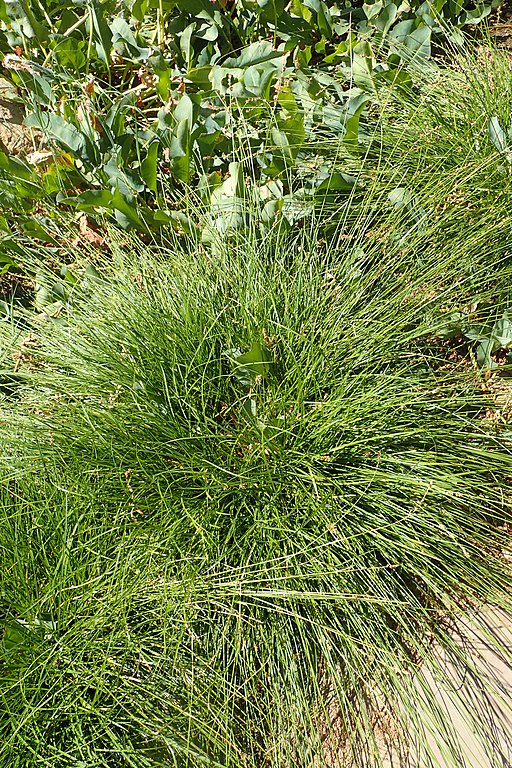Classification System: APG IV
Superregnum: Eukaryota
Regnum: Plantae
Cladus: Angiosperms
Cladus: Monocots
Cladus: Commelinids
Ordo: Poales
Familia: Cyperaceae
Subfamilia: Cyperoideae
Tribus: Cariceae
Genus: Carex
Species: Carex tumulicola
Name
Carex tumulicola Mack., Bull. Torrey Bot. Club 34: 154 (1907).
Distribution
Native distribution areas:
Continental: Northern America
British Columbia, California, Oregon, Washington
References: Brummitt, R.K. 2001. TDWG – World Geographical Scheme for Recording Plant Distributions, 2nd Edition
References
Primary references
Mackenzie, K.K. 1907. Bulletin of the Torrey Botanical Club. New York 34: 154.
Links
Govaerts, R. et al. 2020. Carex tumulicola in World Checklist of Selected Plant Families. The Board of Trustees of the Royal Botanic Gardens, Kew. Published online. Accessed: 2020 Feb 04. Reference page.
International Plant Names Index. 2020. Carex tumulicola. Published online. Accessed: Feb 04 2020.
Govaerts, R. et al. 2020. Carex tumulicola in Kew Science Plants of the World online. The Board of Trustees of the Royal Botanic Gardens, Kew. Published online. Accessed: 2020 Feb 04. Reference page.
Tropicos.org 2020. Carex tumulicola. Missouri Botanical Garden. Published online. Accessed: 04 Feb 2020.
USDA, ARS, Germplasm Resources Information Network. Carex tumulicola in the Germplasm Resources Information Network (GRIN), U.S. Department of Agriculture Agricultural Research Service. Accessed: 13 Aug 2006.
Vernacular names
English: splitawn sedge
Carex tumulicola, the splitawn sedge[1] foothill sedge,[2] or previously Berkeley sedge, is a sedge member of the family Cyperaceae.[3]
Description
Carex tumulicola is found in western North America, from British Columbia to California,.[1] It has a height and width of 2 feet (61 cm), and is slowly spreading.[2][3] It is found in meadows and open woodlands, below 1,200 metres (3,900 ft).[4]
Cultivation
Carex tumulicola is cultivated in the horticulture trade and widely available as a (grass-like) ornamental grass for: traditional and natural landscape drought-tolerant water-conserving lawns and small 'garden-meadows,' native plant and habitat gardens; and various types of municipal, commercial, and agency sustainable landscape and restoration projects.[2]
Similar species
Plants grown in the nursery trade are often mislabeled with botanical and common names of similar appearing Carex spp. - while the subtle distinctions are currently [2010] reclarified-assigned by botanists.[2] For example, one considered the species to be closely related to Carex hookeriana,[3] and others to Carex pansa.[2]
References
"Carex tumulicola Mack". PLANTS Profile. United States Department of Agriculture. Retrieved September 9, 2010.
"California Native Plants for the Garden;" Bornstein, Fross, & O'Brien; Cachuma Press; 2005; pp. 74-75
Kenneth Kent Mackenzie (1907). "Notes on Carex-II". Bulletin of the Torrey Botanical Club. 34 (2): 151–155. doi:10.2307/2479151. JSTOR 2479151.
"Carex tumulicola - FNA". floranorthamerica.org. Retrieved 2021-12-22.
Retrieved from "http://en.wikipedia.org/"
All text is available under the terms of the GNU Free Documentation License


